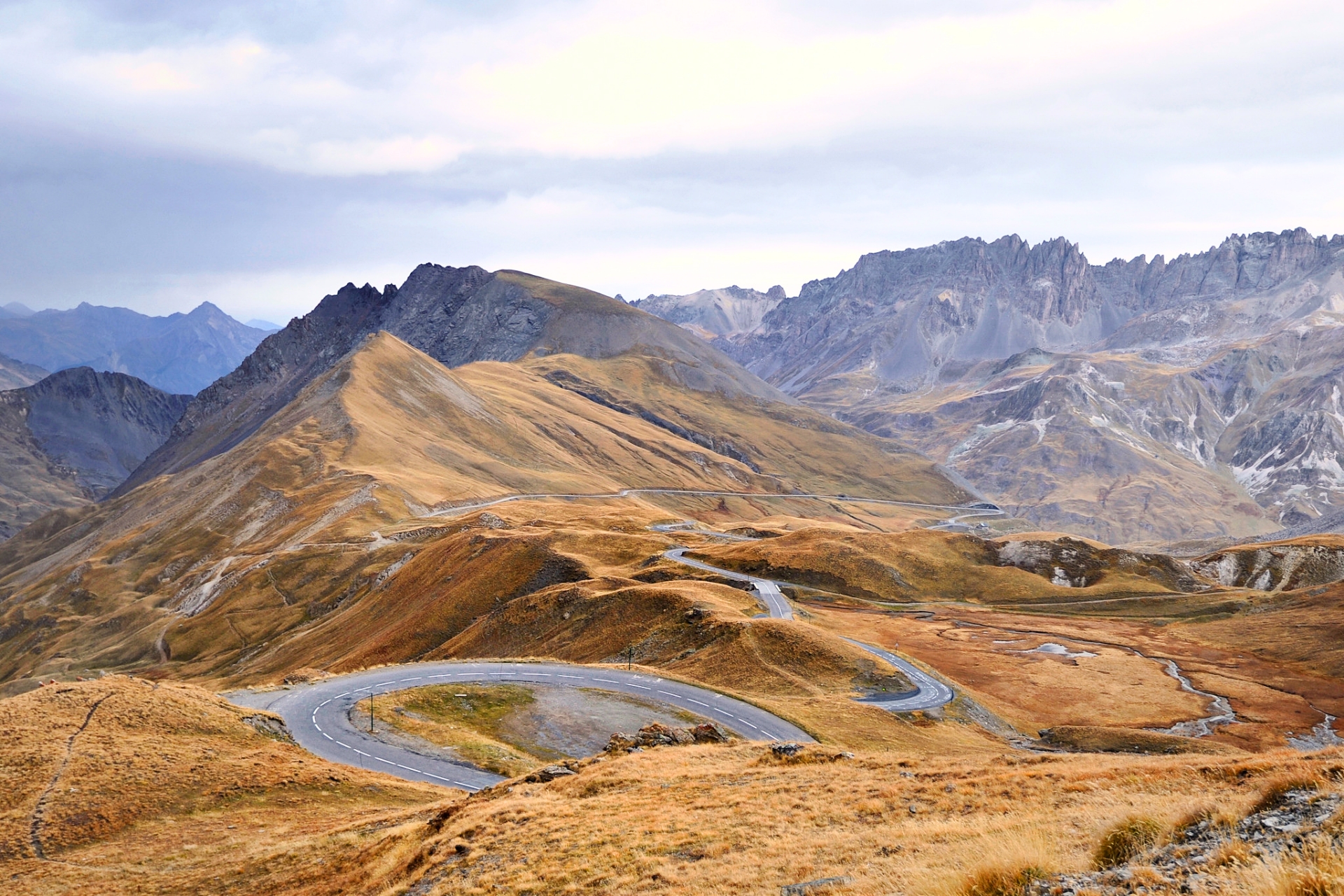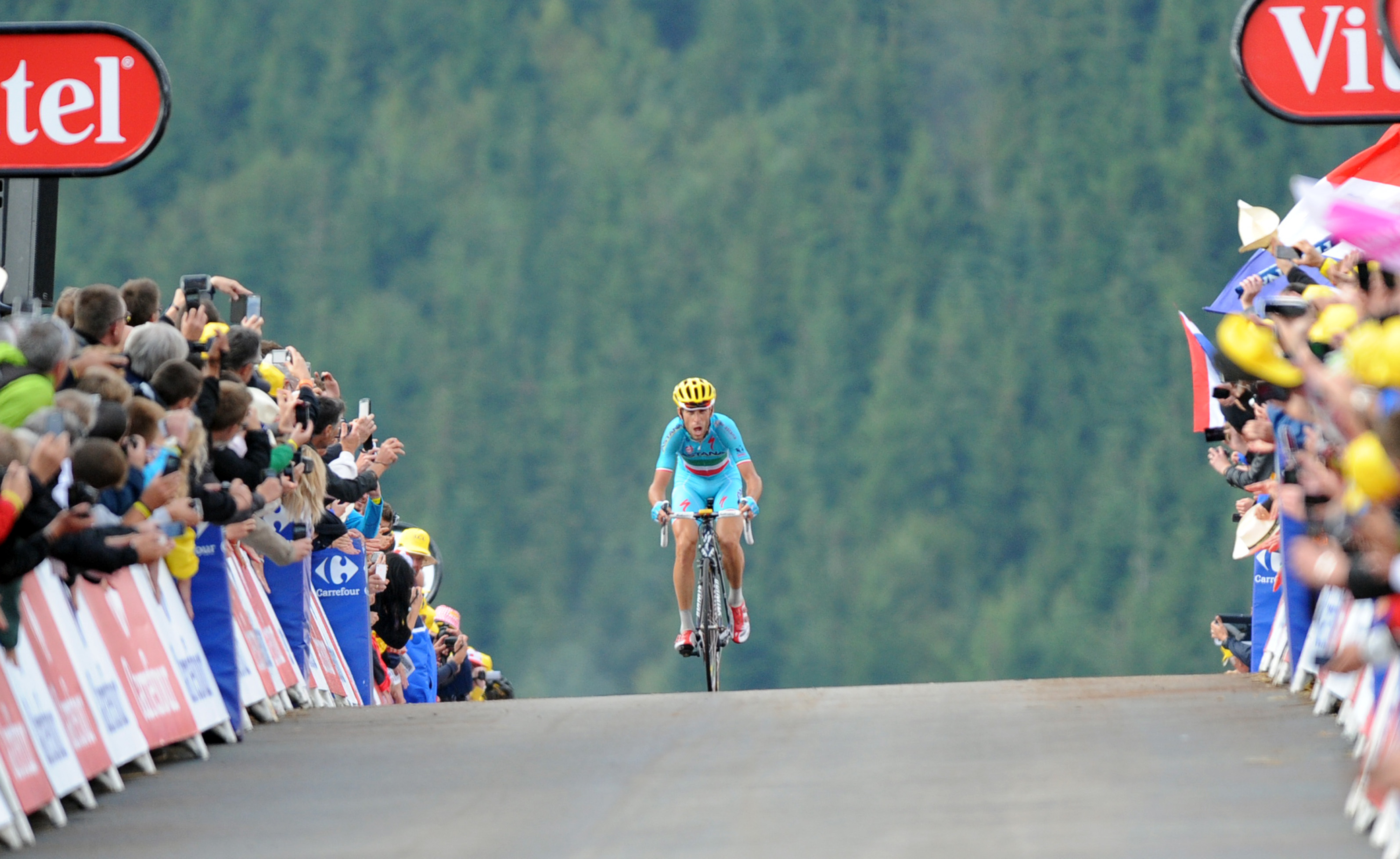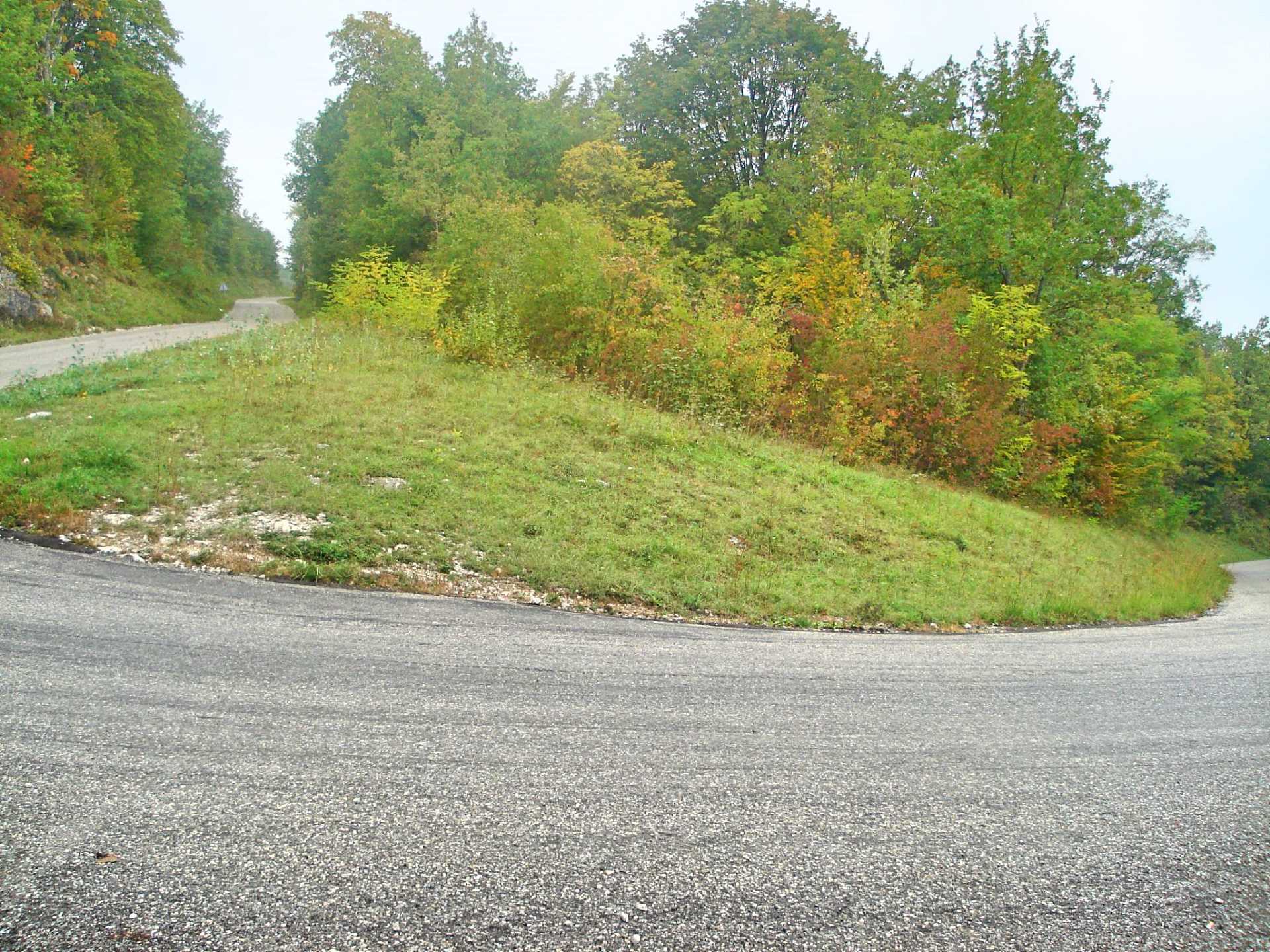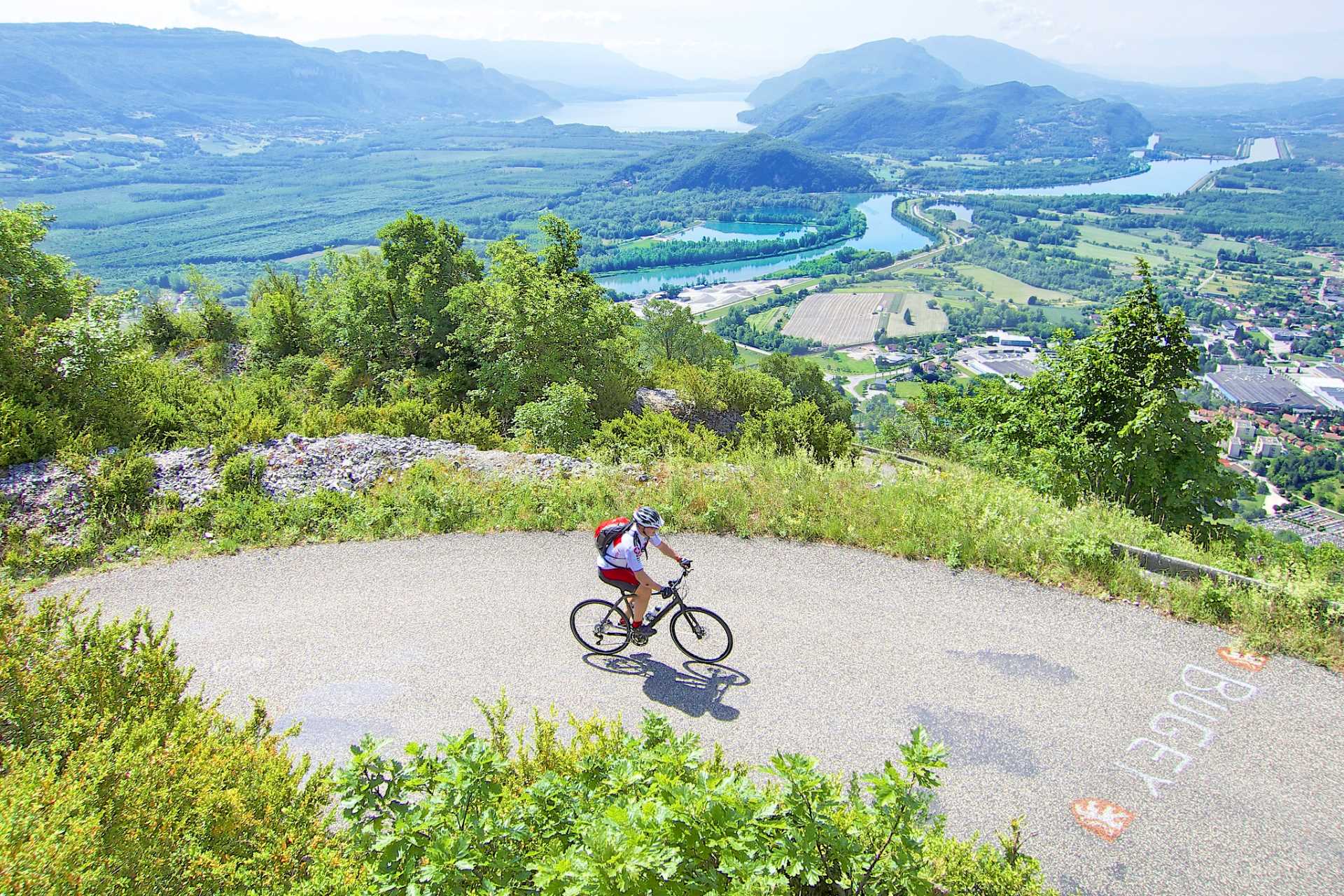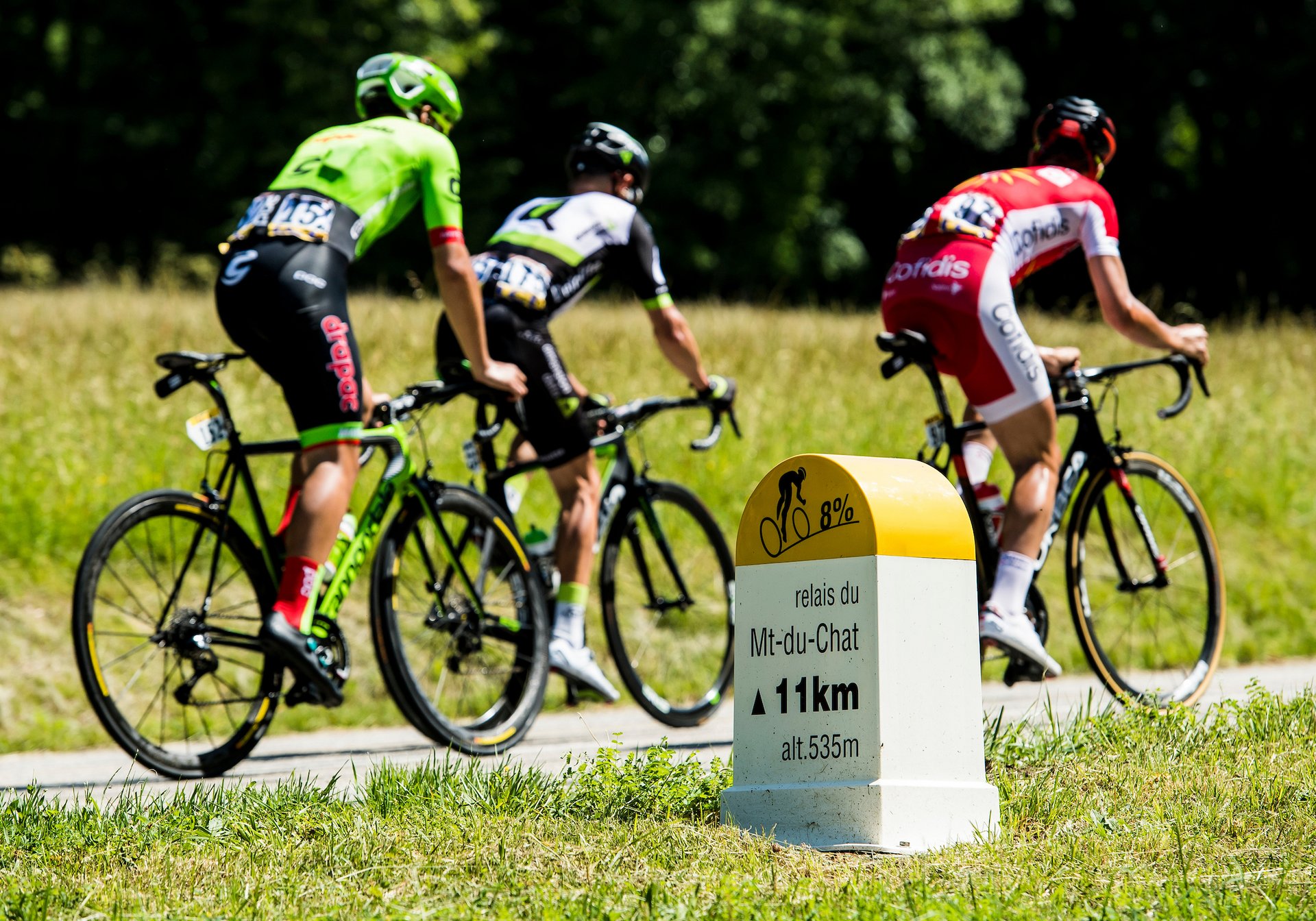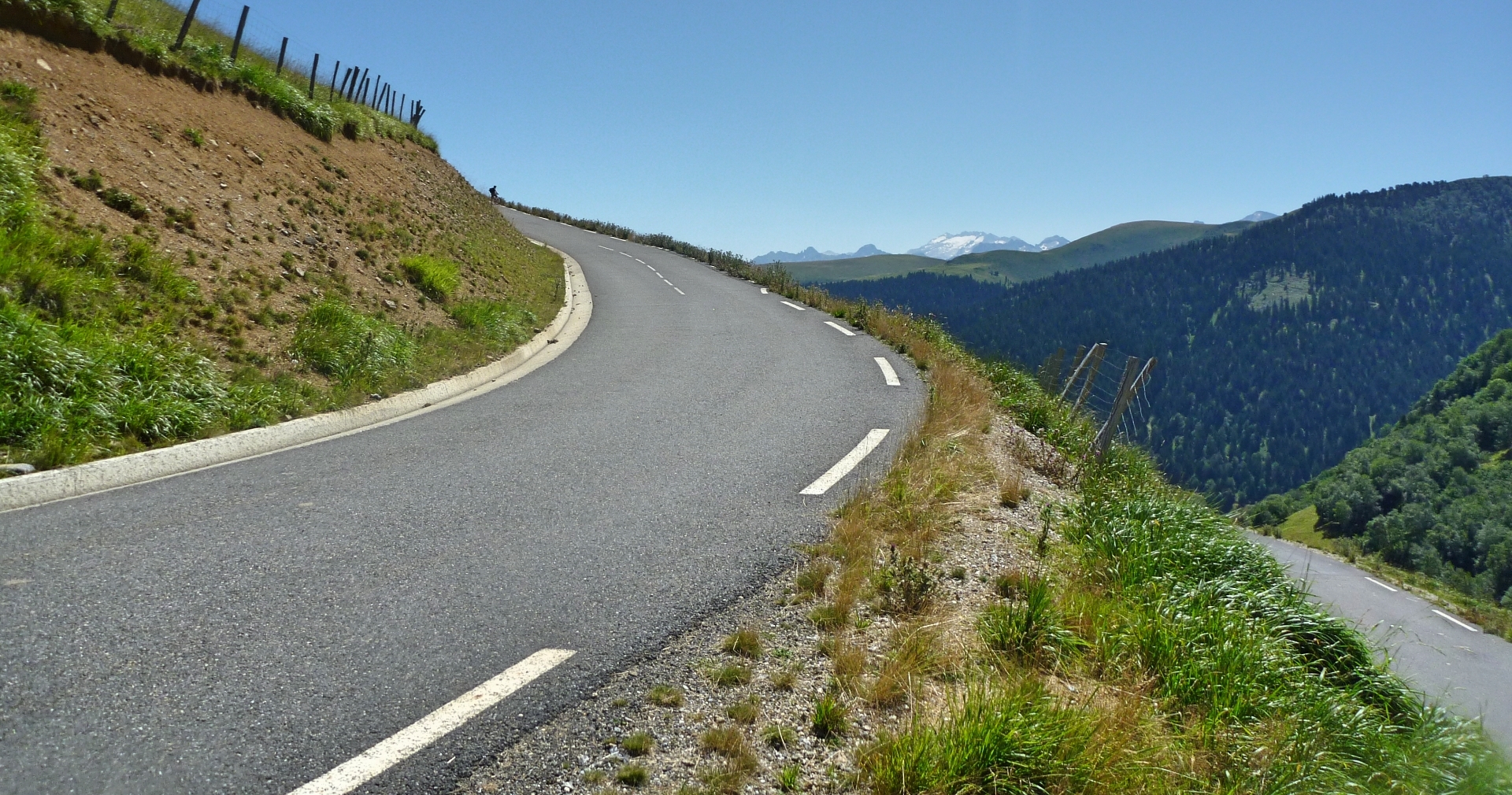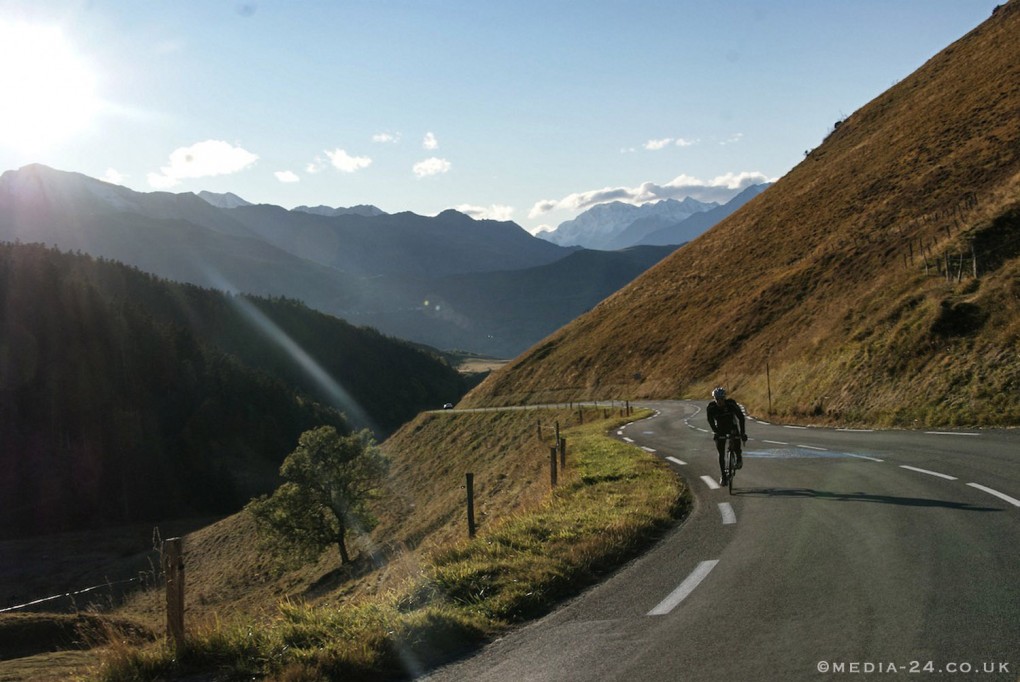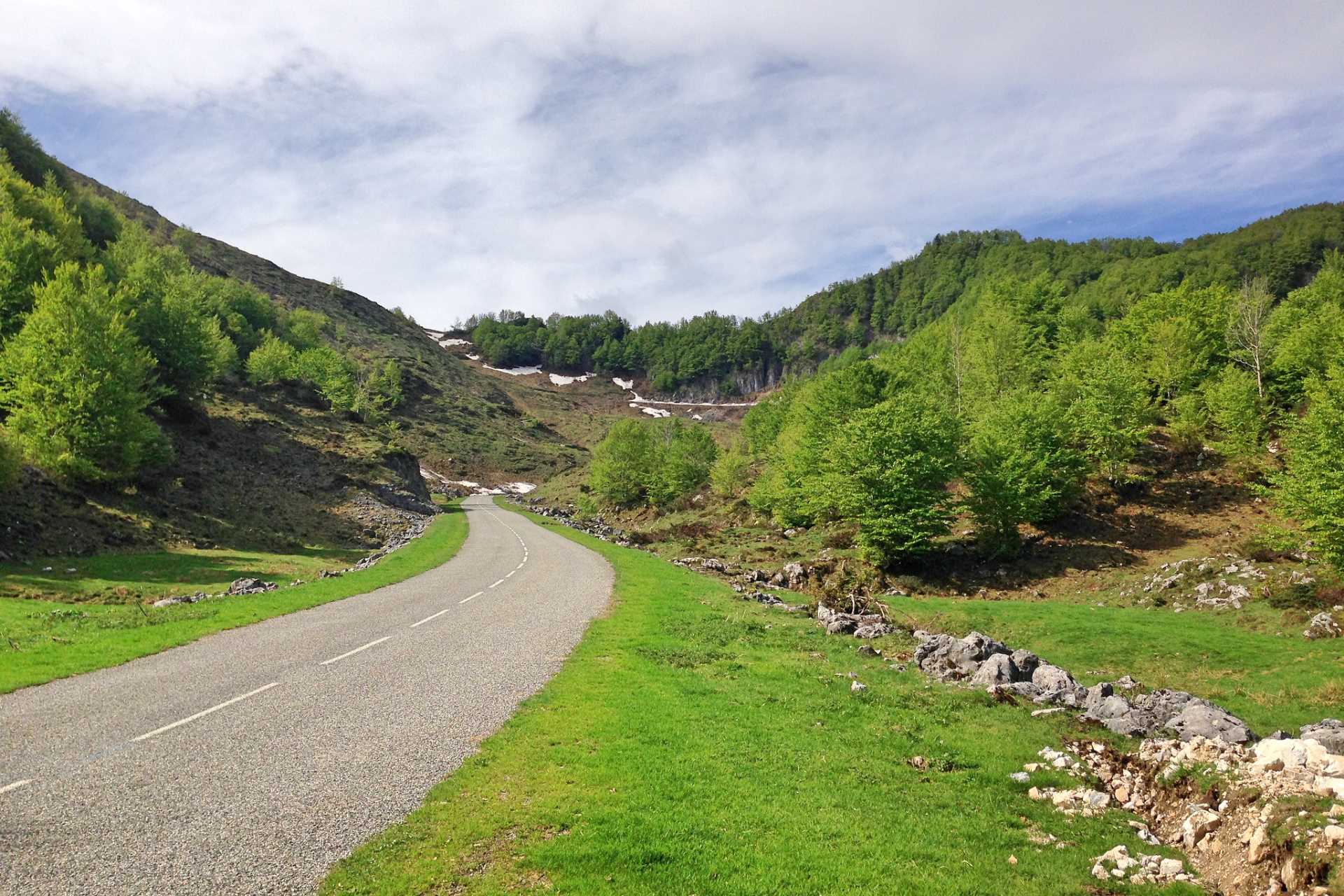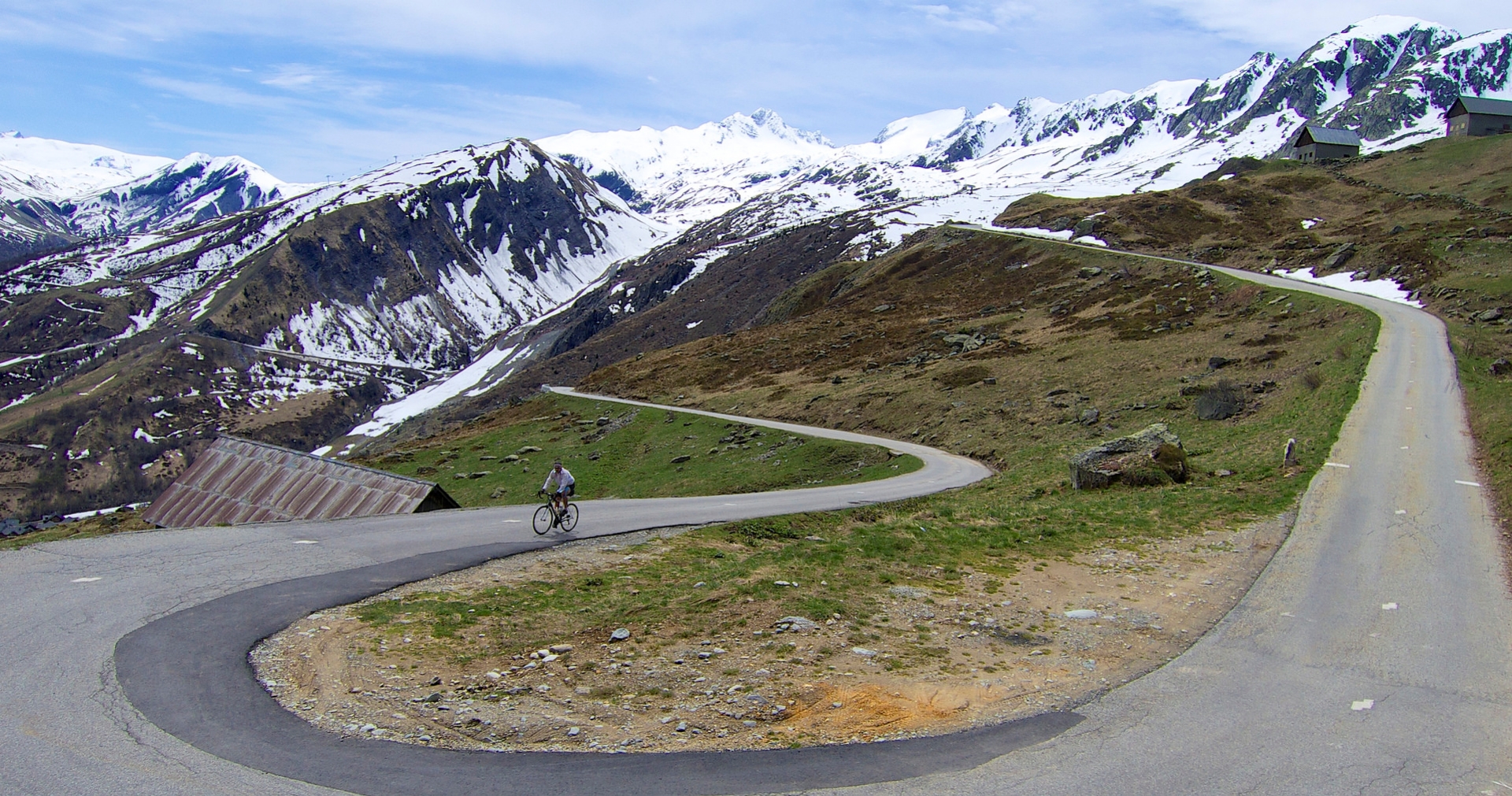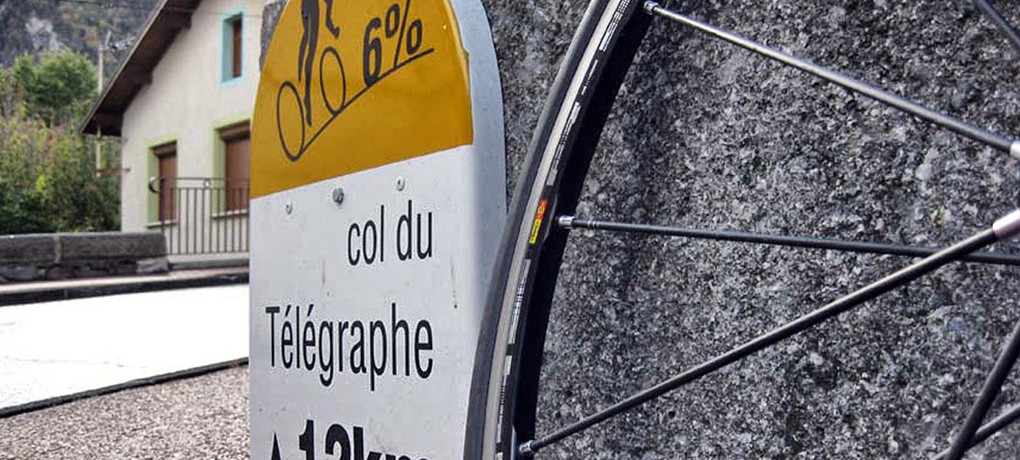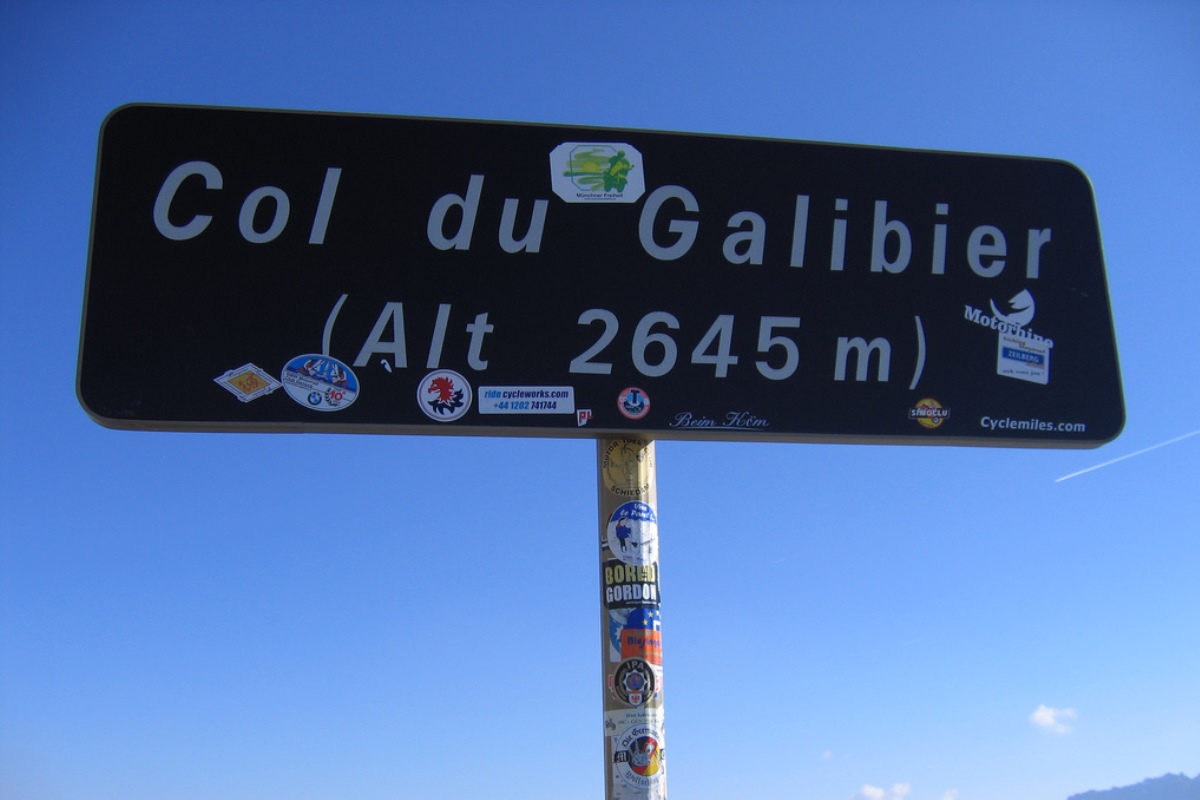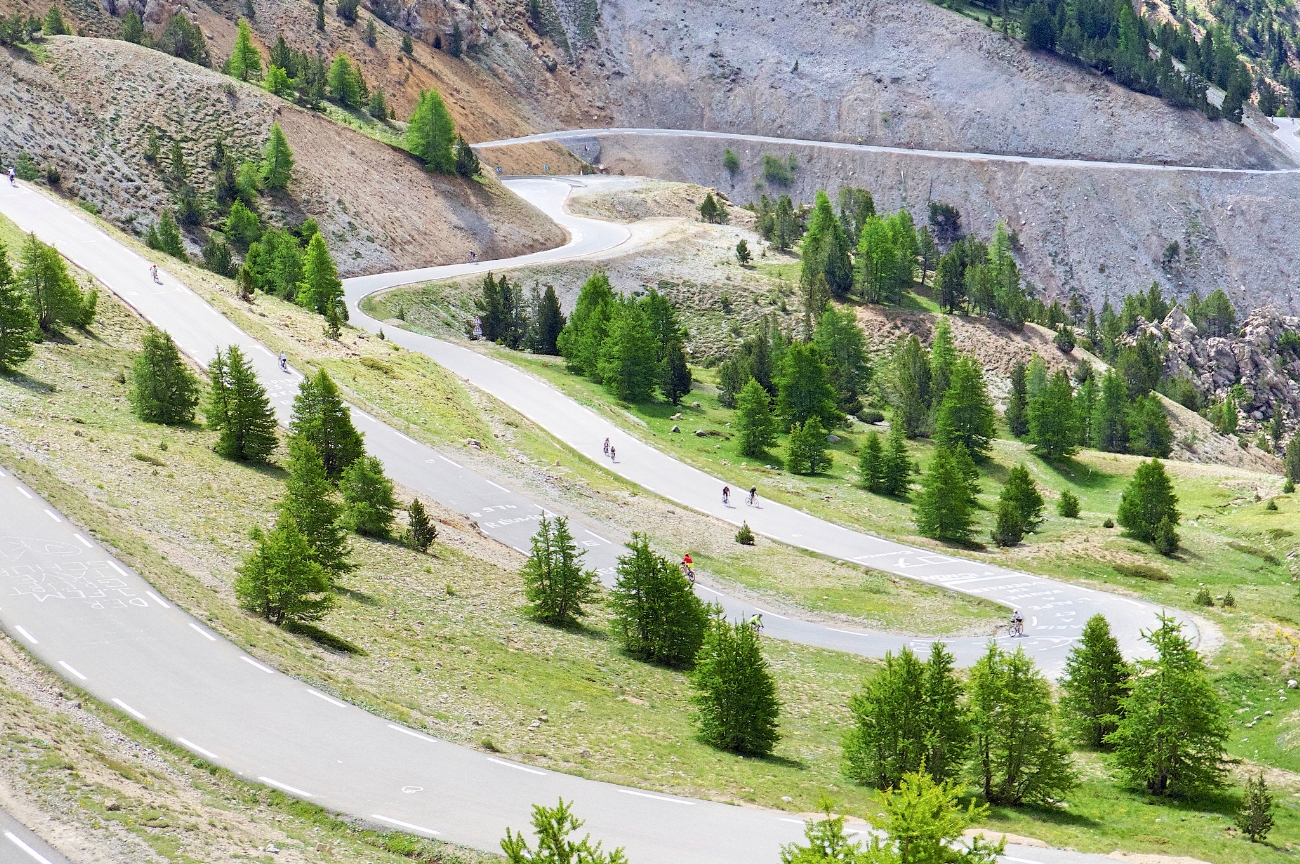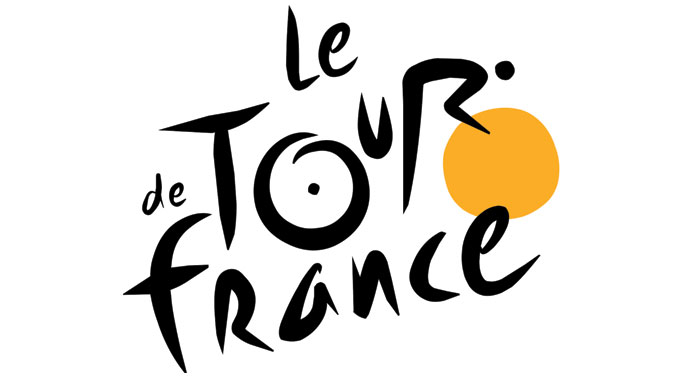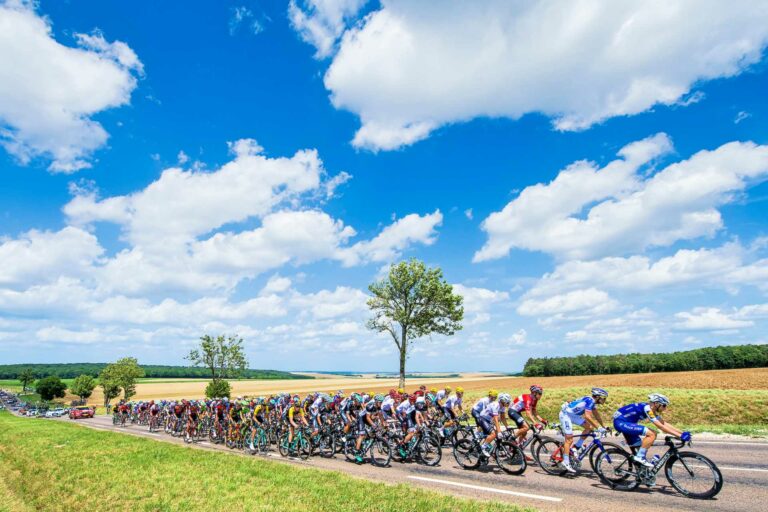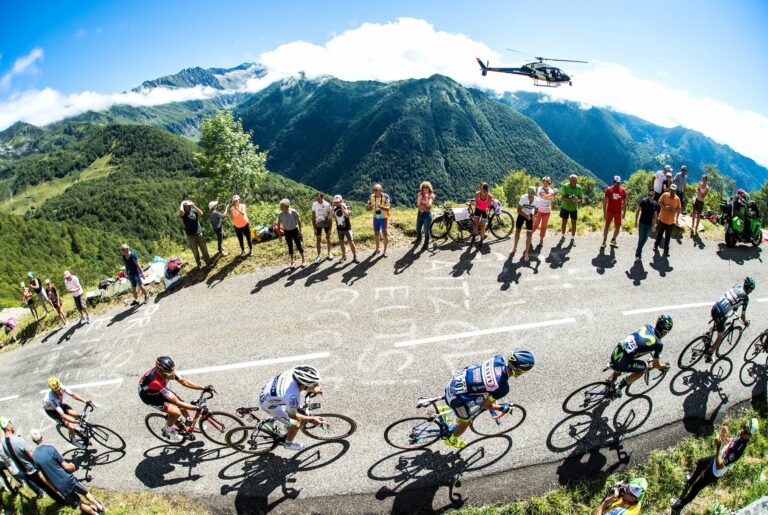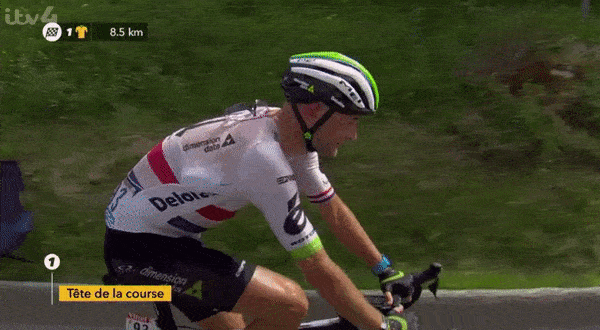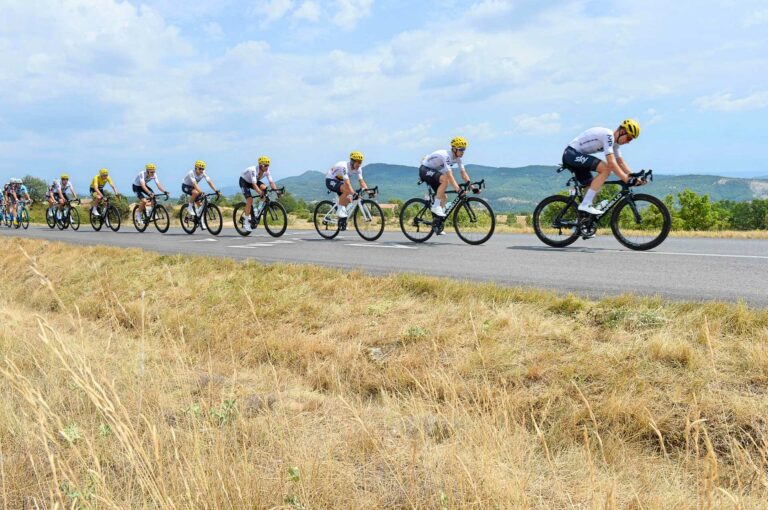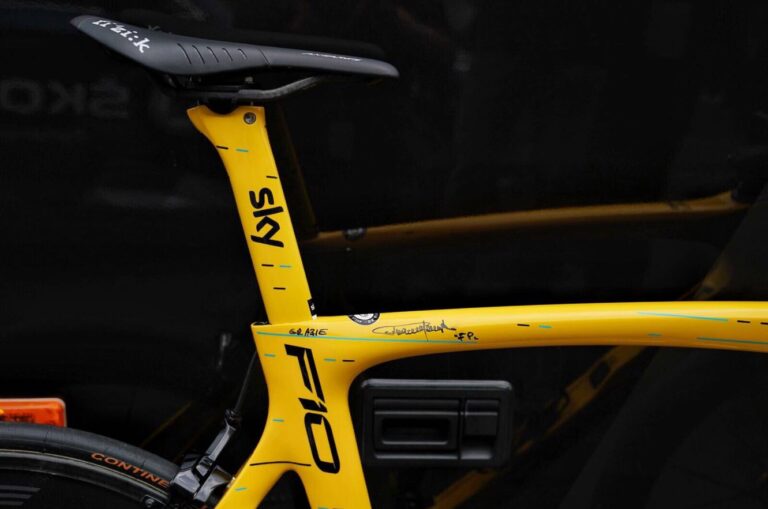The Tour de France 2017 rolls out on Saturday (July 1) with an individual time trial in Dusseldorf, before the race winds its way through Belgium, Luxembourg and onto the French mountains.
For the first time in a quarter of a century, all five French mountain regions feature, with 53 climbs packed into the route in all, including some of the giants of the Vosges, Jura, Pyrenees, Central Massif and Alps.
– Tour de France 2017: King of the Mountains contenders –
Of those 53 climbs, seven have been rated hors categorie, or ‘without category’ – the toughest ascents on the route – with the Col du Galibier, Col de la Croix de Fer and Col d’Izoard among them.
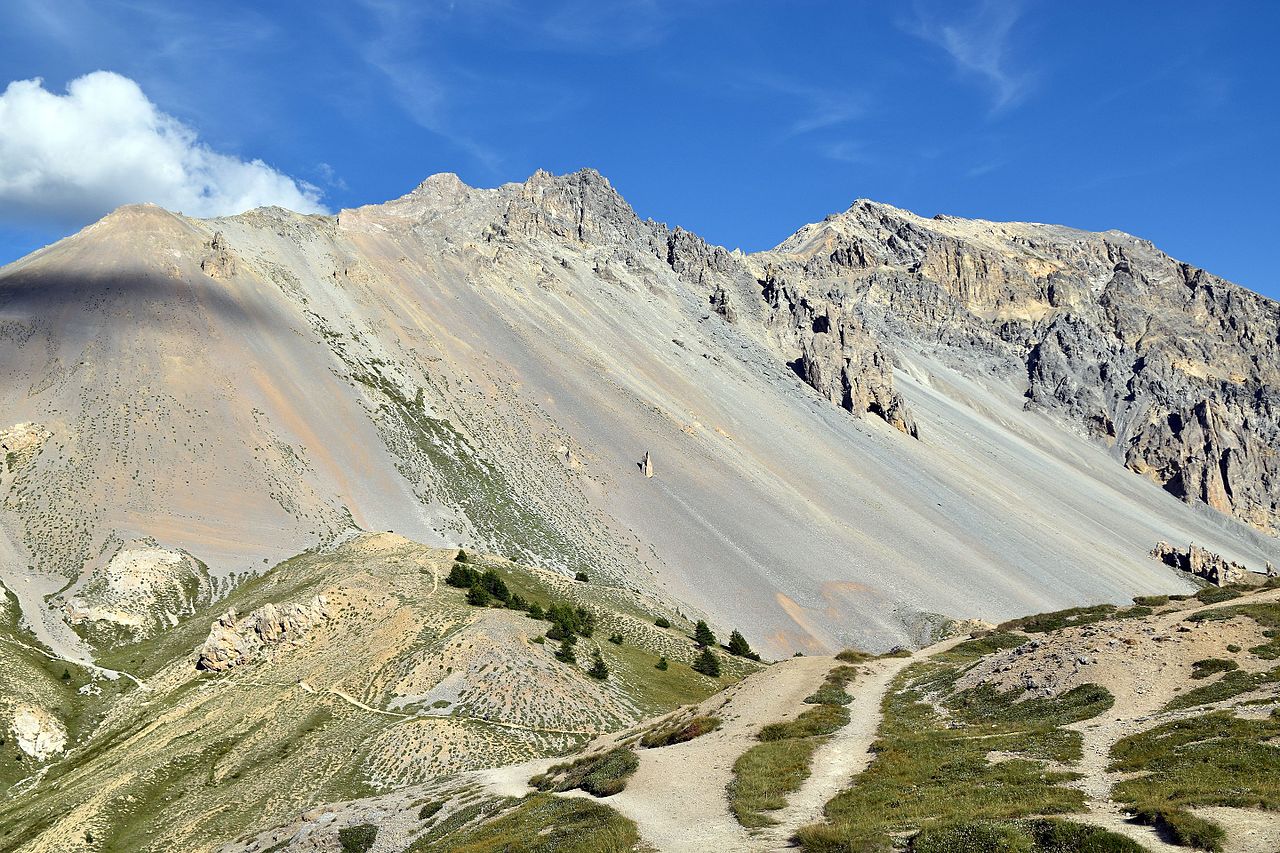
And alongside iconic Tour climbs like the Galibier are new climbs such as the brutal Col de la Biche, with all set to shape the final outcome of the yellow jersey and sure to see dreaming of your next cycling trip to France.
– Tour de France 2017: TV schedule –
We’ve picked out 11 of the must-ride climbs on the 2017 Tour de France route. How many can you tick off?

